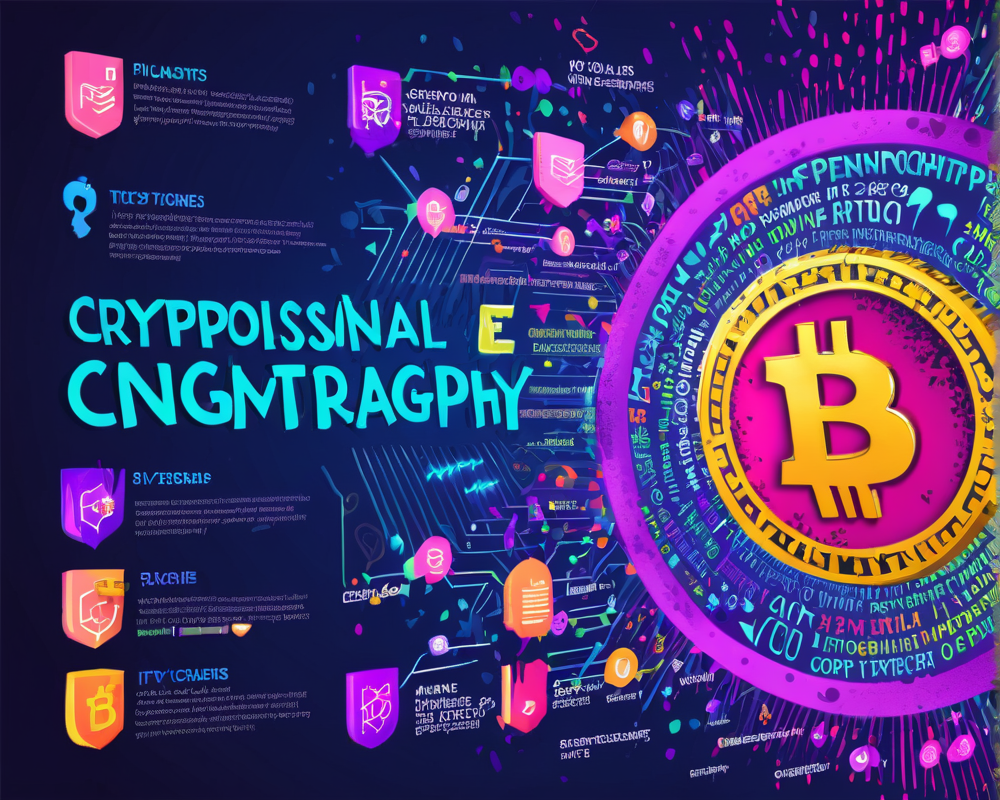The Unraveling of a Digital Security Flaw
A major cryptography security flaw has emerged, stretching back to 2012, affecting a staggering 750,000 Estonian e-Residency cards, among other digital identity schemes. Researchers have dedicated themselves to assessing the full implications of this monumental weakness, and it’s not just the Estonians who should be worried. This revelation could affect citizens of various countries, including those enrolled in Slovakia’s digital ID system.
The Glaring Problem Behind the Flaw
Infineon Technologies, the company behind the problematic code library, has dropped a digital bombshell. The flaw means that if you have a digital document signed with someone’s private key, good luck proving they were the one who signed it. Graham Steel, CEO of Cryptosense, aptly captured the situation: “It means that if you sent sensitive data encrypted under someone’s public key, you can’t be sure that only they can read it.” Talk about a game of digital Russian roulette!
What is ‘Factorizing’ and Why Should We Care?
In simple terms, ‘factorizing’ is the act of breaking down public key encryption, a core component of digital security. According to Steel, every security geek’s nightmare has unfolded: “In public key cryptography, a fundamental property is that public keys really are public.” Well, folks, that property has gone out the window. The implications? Mass chaos in digital trust.
The Broader Implications for Digital Identity
Estonia’s e-Residency program is often heralded as a beacon of secure innovation. The ability for non-Estonians to obtain a digital identity has been praised internationally. However, this flaw casts a long shadow on that reputation. As global governments increasingly explore blockchain and distributed ledger solutions for national identity systems, they should be taking notes and keeping their digital ducks in a row as they move forward.
What’s Next? Recovery and Reformation
The path forward includes reassessing the security protocols for existing digital IDs and a pending treasure hunt for solutions to this flaw. Taking proactive steps will help avoid mass cases of unacceptable digital insecurity. Perhaps next time we gather our IDs, they shouldn’t be as vulnerable as a toddler with a cookie jar. It’s time for governments and tech companies to tighten up their cryptography game before we all find ourselves on the wrong end of a digital heist.




